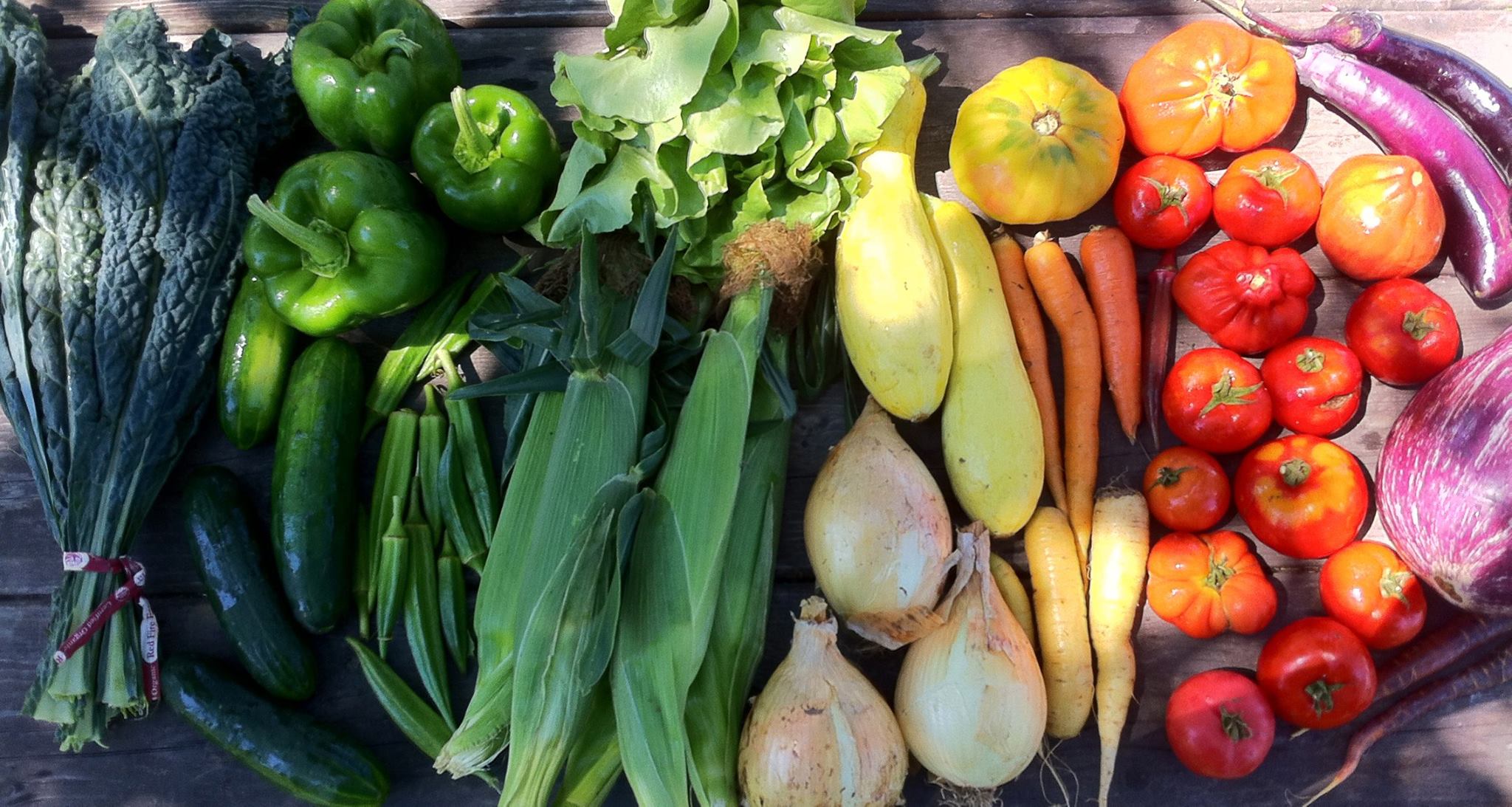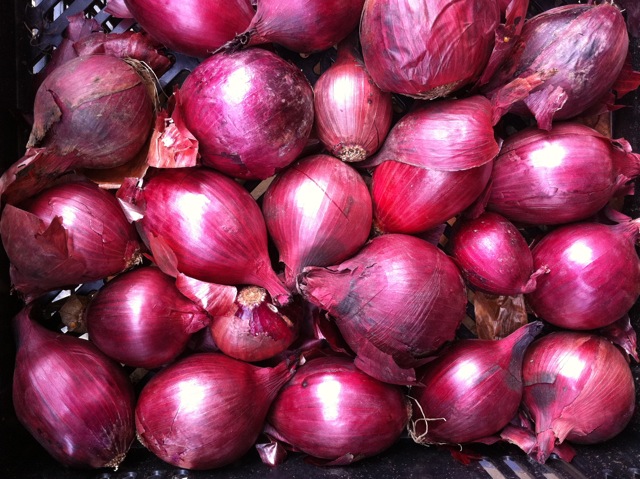As part of your Vegetable CSA membership, you have access to our Pick Your Own patches. The farm is family-friendly, so bring your little ones and check out our land. PYO includes herbs, flowers, berries, peas, tomatoes, tomatillos, hot peppers, and more (changes with the season).
June picking includes delicious strawberries, peas and herbs.
July has sweet blueberries and green beans and the first flowers.
Late July, August, and September are great months to come for pick your own, as by then we’re brimming with crops like cherry tomatoes, basil, tomatillos, hot peppers, green beans, herbs, flowers, and husk cherries.
Pick Your Own is a perk for members that can make it out – we still aim to give all members the value of their share in harvested and delivered vegetables :). But of course, we want you to come out to visit. The whiteboards located in the barn have the most updated PYO limits and info, so please follow those if they differ from what is written online.
- If you are traveling to the farm for over 1 hour to do the picking (Boston area and Worcester members), then you probably will come for picking only a few times during the season. This means that when you are here you can pick a lot at once, once the limits have gone up.
- If you are a member from Franklin, Hampshire or Hampden County and you can easily make it to the farm each week, then we ask that you pick weekly but not as much each time. This is why there are different limits posted for each crop depending on where you are coming from.
- Stand & Market Members ($300 level) can pick a lot at once if desired, but you must pay as you go (by using credit from your card). Prices are posted for each PYO crop on the board. There are sometimes limits on crops for Stand Members.
What to Bring and Where to Go
Come ready for outdoor weather. Also please bring containers to take your pickings home in, and leave the quart and pint containers for reuse if possible. If you have a car, share a ride! Meet some other local food loving people. You can post on our facebook seeking rides.
GRANBY Pick-Your-Own is now OPEN for the 2023 season!
Pick Your Own details are inside the farm store in the center of the barn at 7 Carver St., including a map of field areas and a list of picking limits, and often containers for harvesting. Any time the farm store is open you can come pick! To find farm store hours you can check our farm store page. The PYO is all self-serve, but please be sure to sign in at the PYO station, wash your hands, and check in with staff.
REMINDER: Please call the Granby store directly at (413) 467-7647 to confirm PYO availability before coming out to pick. Also give us a follow on Facebook and Instagram for more PYO updates!
Pumpkins
- All pickers: 60 cents per pound
Enjoy the season!





